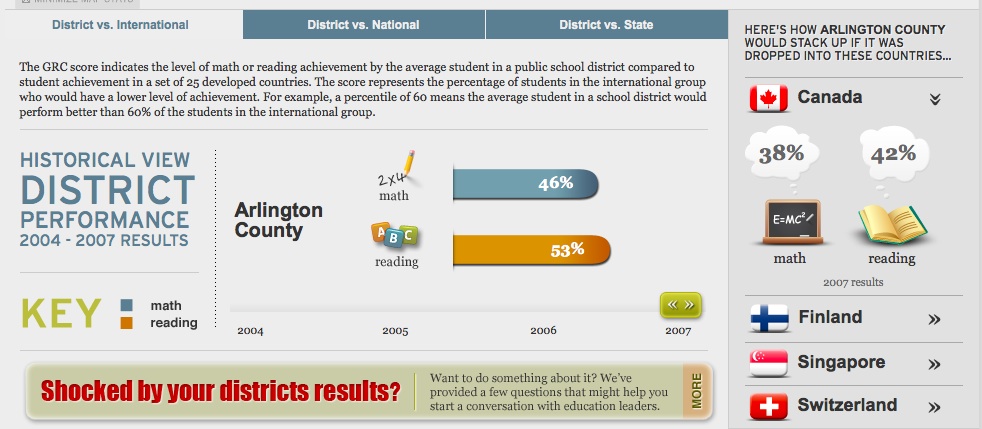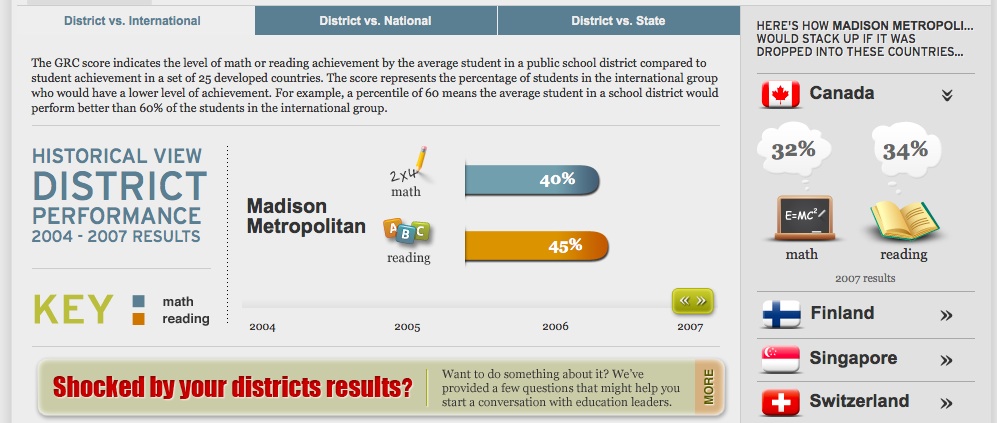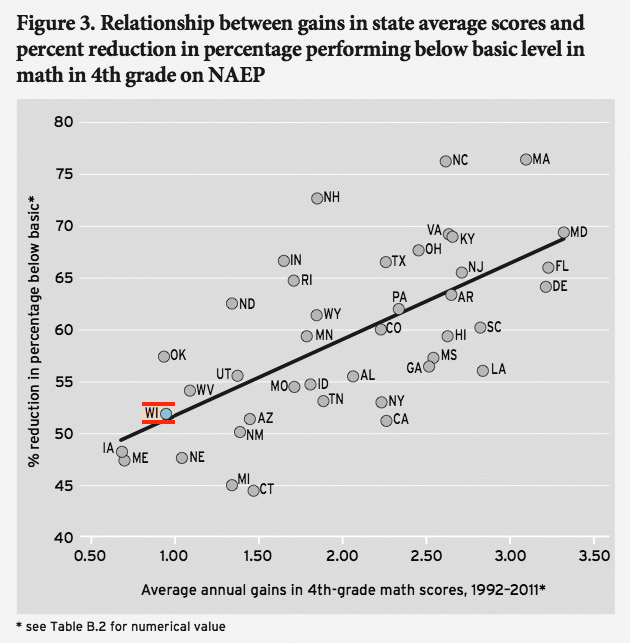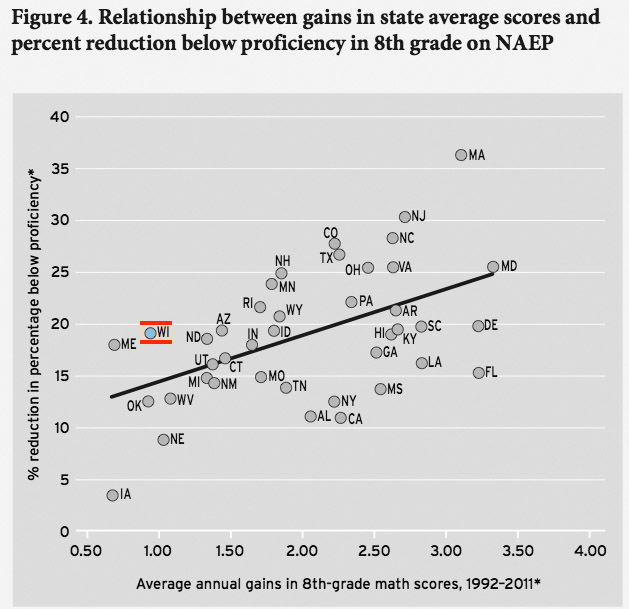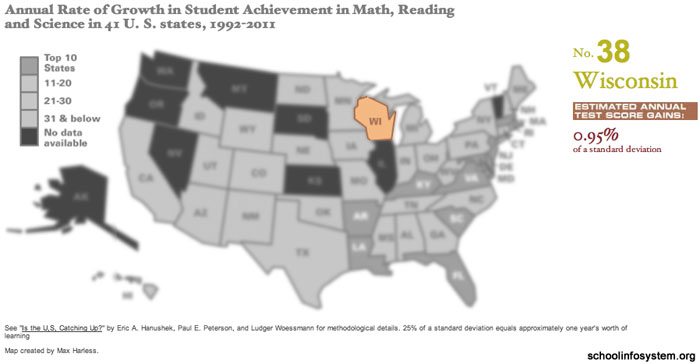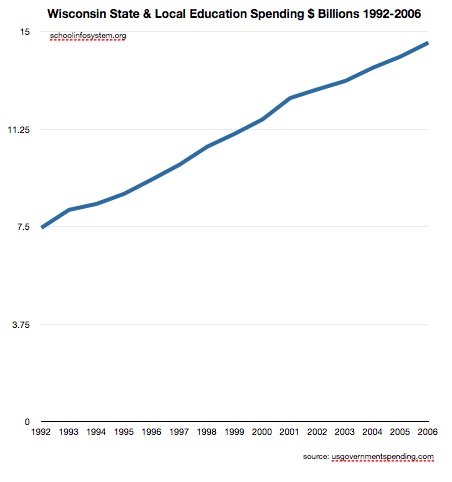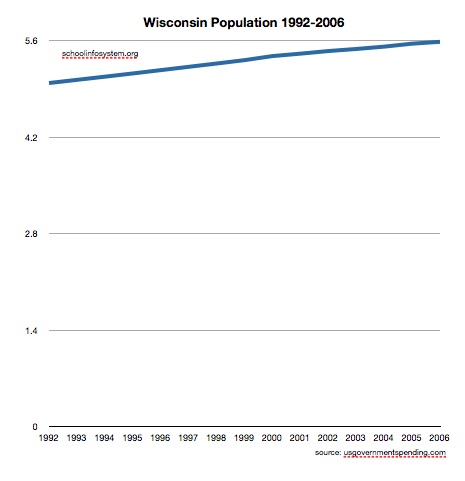In 1893, when the Committee of Ten published its recommendations for high school education, Upper Education and Lower Education academics were still talking to each other. Harvard president Charles William Eliot was the chairman, and the committee, Diane Ravitch reported in Left Back (Simon & Schuster, 2000), included four other college presidents, three high school principals, and a college professor. In 1918, when the NEA Commission on the Reorganization of Secondary Education issued its report, the chairman was, as Diane Ravitch wrote, “Clarence Kingsley, a former social worker, former teacher of mathematics at Brooklyn Manual Training High School, and–at the time of the report–supervisor of high schools in Massachusetts.” (Ravitch, pp. 42,123)
The main objectives for high school students in the NEA report were: “1. Health, 2. Command of fundamental processes, 3. Worthy home membership, 4. Vocation, 5. Citizenship, 6. Worthy use of leisure, and 7. Ethical character.” These “became famous among educators as ‘the Seven Cardinal Principles,’ the seven objectives based on the needs of life.” (Ravitch, p. 124)
With this new set of objectives in view, and with the transformation of the Normal Schools
into psychobabbling Graduate Schools of Education hostile to academic content, perhaps it is not surprising that college professors and other academics were increasingly estranged from the goings on in Lower Education. What professor of history or physics or Romance languages or nanotechnology could find common ground with those at the Lower Level who were dedicated to teaching secondary students the “worthy use of leisure”?
Nevertheless, as the number of high schools grew, along with the number of colleges, one Upper Education group formed a growing interest in what people were doing in sports at the Lower Level. This would be college coaches, who saw in the strong interest in athletics at the high school level a vital breeding ground for the athletes they would need to recruit for their college programs. As a consequence, college coaches began to keep track of the progress of especially promising high school athletes in a variety of sports, and in their Lower Education Level coaches. In fact, friendly relations were often formed between high school coaches and college coaches, so that news about really good athletes could get to the Upper Level in time to enable recruiting to begin (now at about the 10th grade).
Coaches in colleges recognized that success in their jobs depended in part on their ability to locate good candidates and persuade them to come to their place of work to be athletes after high school. Lower Education coaches understood that their work and their opinions were valued by those in the Upper Education reaches of their sports.
Meanwhile, among teachers of academic subjects in Lower Education, a very different situation could be found. Teachers who identified and prepared promising students of history or physics or literature realized that their counterparts in Upper Education did not want to know them or to hear about their students. Upper Education professors left recruitment of great candidates in their disciplines completely up to the Upper Education Admissions Committees.
By contrast, Upper Education coaches have decided not to depend on the Admissions people to find the best athletes for them. In fact, they typically bring the Admissions Committees lists of the athletes who they would like to have admitted to meet the needs of their teams. Upper Education professors rarely, if ever, come to the Admissions Committees with names of scholars from the high schools they wanted admitted to strengthen their academic departments.
Of course there are many differences in the reward systems for Upper Level coaches and for Upper Level professors. If the coaches do not get good athletes they will not be able to win games, matches, or other athletic competitions and before long their jobs will be in jeopardy. On the other hand, most Upper Education professors believe they lose nothing by simply ignoring their Lower Education colleagues, their students, and their curricula. Their jobs depend on their research and publications, for the most part, and they are content to let the Admissions Committees select their students for them. When the students arrive in their courses, they often complain that these recruits are ignorant and unable to do serious Upper Education academic work, but that never seems to increase their interest in meeting Lower Education teachers or finding out what academic work is being done at that Lower level.
One result of this situation is that Lower Education teachers and scholars are aware that Upper Education academics don’t much care about what they do, while Lower Education coaches and athletes (often the same people) are quite sure that Upper Education coaches are very interested in what they are doing, to the extent, in some cases of forming good relationships between them. It is understood that Upper Education coaches may even wish to visit promising high school athletes in their homes in an effort to recruit them for their programs. It is beyond imagination that an Upper Education professor would do anything like that.
In their battles against anti-intellectualism, Lower Education people can expect little or no interest or assistance from their Upper colleagues, and the professors in Upper Education will no doubt continue to bemoan the level of preparation of their students, especially in reading and writing, without wondering, it seems, if that is the result in part of anything they have failed to do.
Will Fitzhugh
The Concord Review
17 July 2012
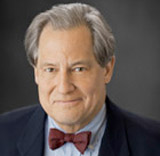 I recently spoke with
I recently spoke with 